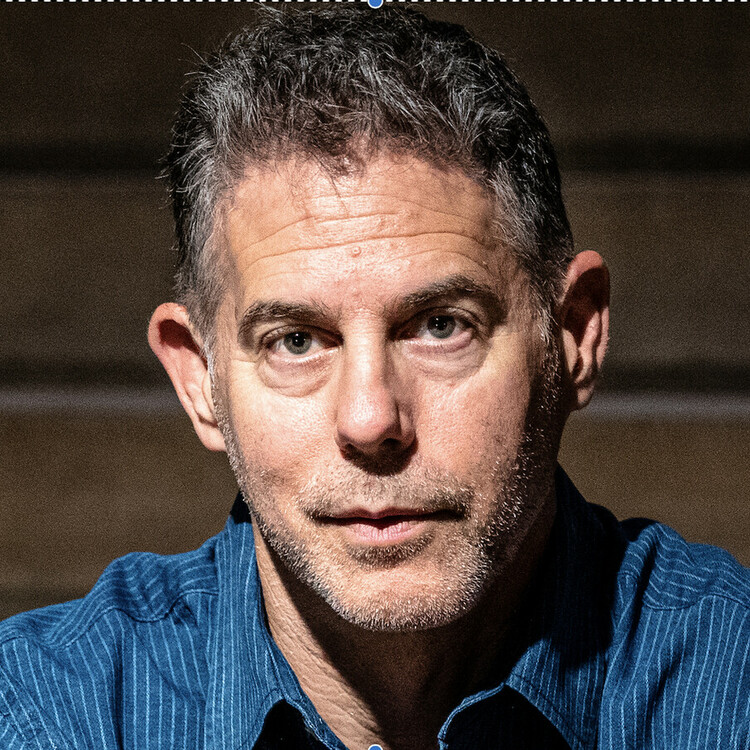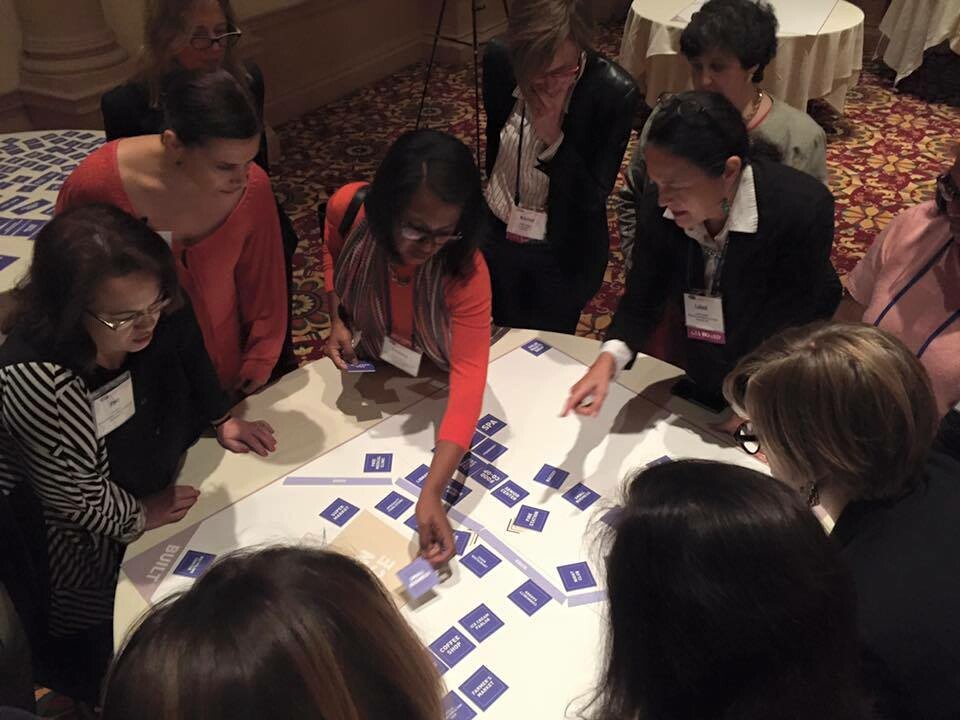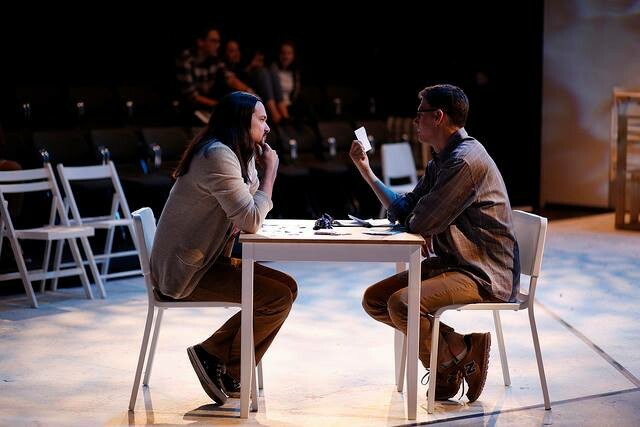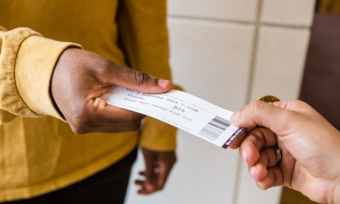What Does It Take?
You’re in a theatre.
Or a community center.
Or a school auditorium.
Or a conference room in a municipal building.
You are one of ten people sitting in a room.
Your chairs are in a circle.
The chairs have cushions, but the cushions are thin.
No one is especially comfortable.
You are not especially comfortable.
These ten people, of which you are one, don’t know each other.
You all glance around and nod awkwardly.
A screen at the front of the room flashes and gets your attention.
Words appear.
Game One.
Welcome.
You have a decision to make. Together.
Should our community spend more money on mental health services next year?
If so, where should we get the money?
If not, what should we do about our overcrowded ER, currently overwhelmed by a large increase in individuals needing mental health interventions and care?
Decide.
You don’t speak.
The screen goes blank.
You look at each other.
The screen flashes again.
Game Two.
Welcome.
You have a future to design. Together.
What does our community look like if everyone who lives here knows how and where to access mental health support?
How is your daily life different?
How do the people you care about experience the place they live?
The screen goes blank.
You look at each other.
A voice is heard in the room.
It says—
Which game do you want to play?
Game One or Game Two?
Decide or design?
Can you decide before you design?
If you do, what do you risk?
And,
what does it take for a group of people—you—to do either, together?
You Are Already Asking
For you who work in municipal government and public health and community development and across the public and nonprofit sectors;
for you who, at times, have to decide without being given room to imagine and design;
for you who work to solve complex problems within a system that often seems designed to stymie your boldest efforts;
for you who take chances on surprising and sometimes disruptive strategies in the face of bureaucracy that demand outcomes and results often at a pace and within parameters that do not leave room for relationship building, process, and iteration;
for you who are always looking to bring smart, committed people together to improve the lives of the residents you serve;
for you who believe art and culture as process and product has the power to connect, inspire, ideate, and transform;
and for you, artists and arts leaders and arts students.
You are already asking your own versions of these questions.
How do we build a better, healthier we in our communities, large and small?
How do we collaborate across sectors, agencies, and stakeholders to solve complex problems?
How do we engage diverse residents in civic decision-making with authenticity and consistency?
To answer these,
we need to build individual and community capacity for residents and decision-makers who share place, who hold different values, who do not share lived experiences nor make sense of the world in the same ways,
to imagine, together,
equitable and just futures for all.
We need civic imagination.
An Economy of Care
My father keeps forgetting he already asked me to forgive him.
He puts his attention on me.
He says, haltingly, that he misses me.
What do you owe somebody or something that failed to care for your well-being?
When, as a nonprofit, local government, or arts institution, we try to build relationships and trust in community, we are often operating from within systems that have done harm. Can we build a healthy “we” on a foundation of harm? What have we changed? What have we repaired? What have we made right? Who is being centered, every day, by what we do now and how we do it? To whom are we listening? And most importantly, what comes from that listening? How is our listening legible?
I think to listen is to pay attention. To pay implies offering transferrable proof of currency value. Beneath the currency is the actual thing being represented—the matter to which the proof of value is attached. In the case of attention, that matter is love. When we listen through our attention, we are showing our love—for the story, the thing, the group, the person.
But for a currency to be trusted—for it to represent that which it stands for, for its worth to earn reciprocity, for sudden attention to be more than a signal of need or desire—it has to be stable. Consistent. Durational. Active.
It has to demonstrate care.
How often have we heard from someone we care about that words are not enough?
We cannot imagine together if we don’t listen. We cannot listen if we don’t pay attention. We will not pay attention if we don’t care. So, for whom do you care? What do you care about? Who and what does your organization/agency/department care about? Who and what does your project care about? Who and what does your programming care about?
And what does your care look like?
An Obligation of Care
I was recently in a rural place where I spent a morning with men holding power, and an afternoon with residents lacking basic needs and rights.
A resident, knowing of our morning, knowing of speeches and shook hands and pleasantries, warned—
Do not be brainwashed.
Do not be fooled by ceremony and formality and the appearance of contrition.
When power takes humble pleasure in tales of repair, look for reparation.
If you see none, doubt.
Hear words but listen for action.
Re-Imagining Success as Care
Cities, towns, and counties sometimes conduct public engagement as part of developing new strategic plans for things like local parks, new transit investments, and affordable housing options. These planning processes operate with strict timelines, stated goals, and mandated outputs. These planning processes are one of the only ways that civic decision-making is, structurally, set up to be guided by community input. They are supposed to be public activity with a direct correlation to government resource allocation and action.
A proposal: measure the success of public planning process not by the quality of the resulting plan but the durability of the new relationships you build on the way to making the plan. Measure your success not by outcomes in eighteen months but by quality of connection in ten years. When you need a new plan ten years from now, ask at that moment: What relationships did we build and sustain over the last ten years that now allow us to plan with people who, last time, were strangers and targets for outreach? Measure your success not in contact hours and scope today but in longevity and depth tomorrow. Consider this a structural change, not a tactical one. Commit to a generational focus; commit to a relational focus; commit to growing trust by consistently showing up and listening; commit to processes that invite design before demanding decisions; commit to making listening legible—what was heard needs to be seen in what happens next.
What might it look like if institutions committed to care through structural innovation and new approaches?












Comments
The article is just the start of the conversation—we want to know what you think about this subject, too! HowlRound is a space for knowledge-sharing, and we welcome spirited, thoughtful, and on-topic dialogue. Find our full comments policy here
In addition, some examples/resources on civic imagination activity around the nation:
https://www.oaklandca.gov/news/2022/city-of-oakland-announces-10-new-cultural-strategists-in-government
https://www.onenationoneproject.com/
https://mixedblood.com/community/community-collaborations/
https://sippculture.org/equitable-food-futures/
https://www.boston.gov/departments/arts-and-culture/boston-artists-residence-air
https://www.youtube.com/watch?v=V6RzTjQVsE0
https://myparkmypoolmycity.org/
https://www.healingthroughstory.org/